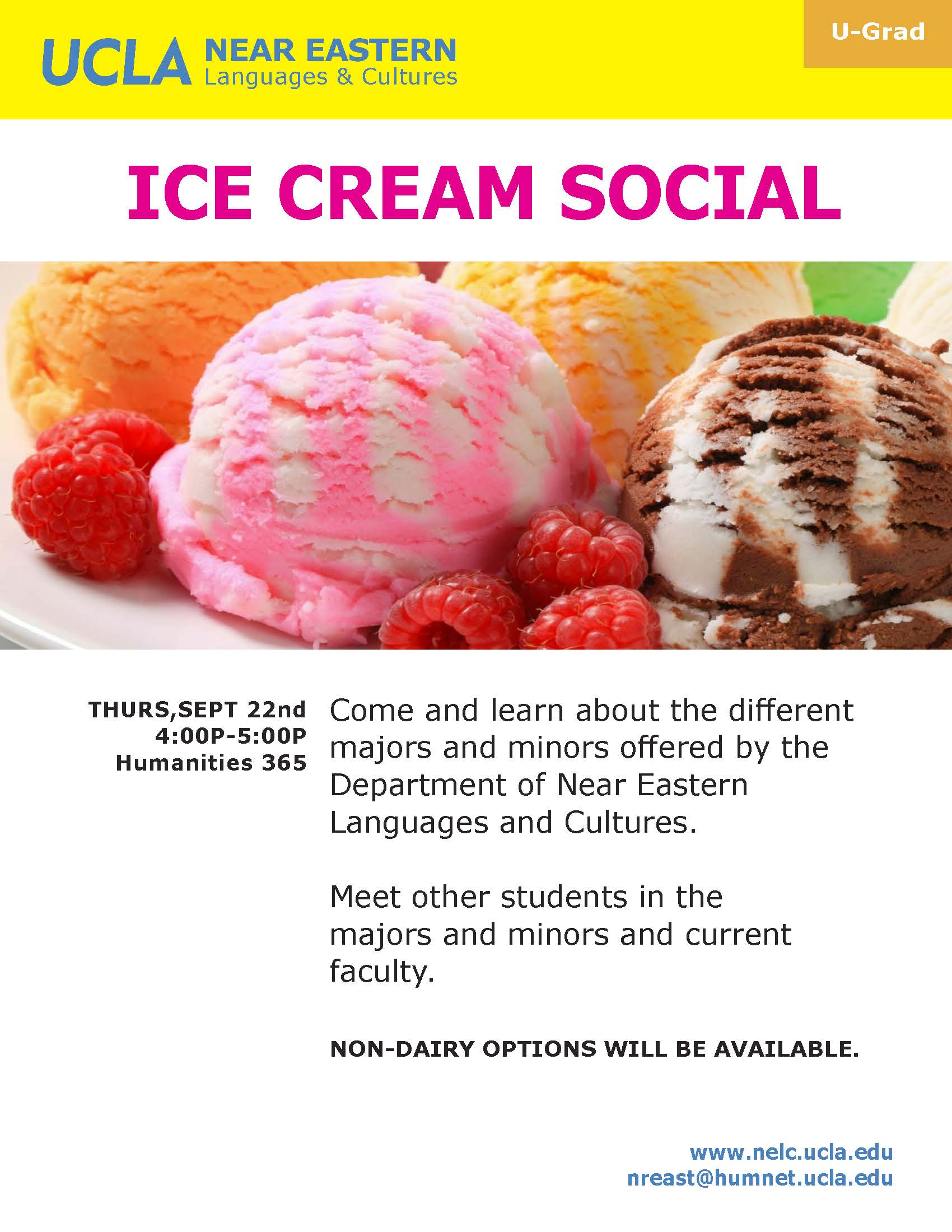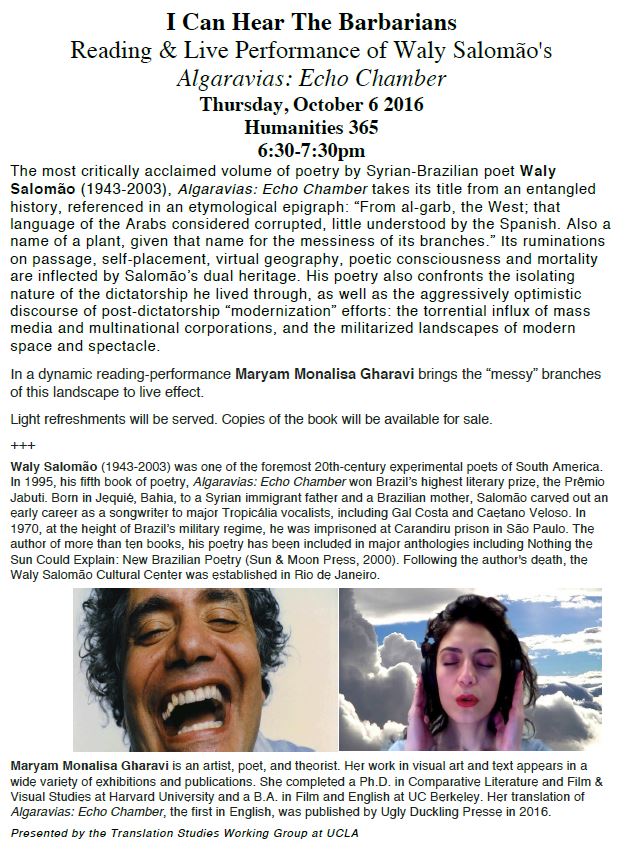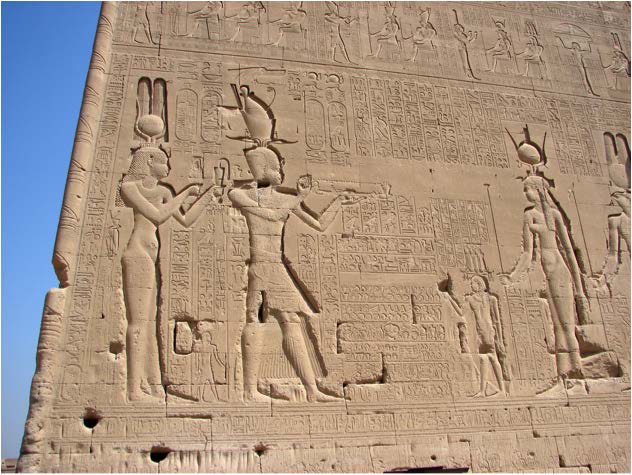Ancient Near East & Egyptology
Egypt and Israel
This talk will survey the many interconnections between Egypt and Israel during the biblical period, with a special focus on the manner in which Egyptian literary, religious, and magical texts inform the biblical narratives of Joseph (Genesis 37-50) and Moses (Exodus 1-15). To mention just two examples here: just as Isis hides baby Horus amongst...
Secret Knowledge and Doubtful Priests in Ancient Egyptian Literature
NELC Seminar Room (Humanities 365) 365 Humanities , Los Angeles, CA, United StatesThis lecture will discuss two themes of my ongoing book project "Cult Practice in Ancient Egyptian Literature". First, Egyptian literary texts (narratives, wisdom texts and discourses) often make reference to "secret knowledge." What does this mean? Second, doubt is an important motif in several of these texts, that is, doubts about the claims of certain...
Tracing the Skill of Fresco Painting in Tell El-Dabca
NELC Seminar Room (Humanities 365) 365 Humanities, Los Angeles, CA, United StatesAround 1500 B.C.E. a palatial district has been constructed at the site of Tell el-Dabca, directly above the Pelusiac branch of the Nile. There, below the ramps of the entrances of both main buildings about 20 000 fragments of wall paintings have been discovered since 1992. These paintings are rather unusual in context of the...
Lucille Ball in Ancient Egypt? The Business Dealings of Lady Tsenhor in Persian Egypt
NELC Seminar Room (Humanities 365) 365 Humanities, Los Angeles, CA, United StatesIf Tsenhor were alive today, she would be wearing jeans, drive a pick-up and enjoy a beer with the boys. Instead she was born c. 2500 years ago, leaving behind an archive of Demotic papyri now kept in various European museums. These papyri allow us to reconstruct her life (in a way), showing that apart...
Painters and Painting Practices in the Theban Necropolis During the 18th Dynasty
NELC Seminar Room (Humanities 365) 365 Humanities, Los Angeles, CA, United StatesThe lecture will outline some of the main results of a project funded by a Research Incentive Grant of the National Foundation for Scientific Research of Belgium (F.R.S. - FNRS) and devoted to the study of the painters responsible for the decoration of private tombs in the Theban Necropolis during the 18th dynasty, their techniques,...
Undergraduate Ice Cream Social
NELC Seminar Room (Humanities 365) 365 Humanities, Los Angeles, CA, United StatesI Can Hear The Barbarians
NELC Seminar Room (Humanities 365) 365 Humanities , Los Angeles, CA, United StatesNew Light on the Egyptian Origin of the Hebrew Alphabet
Young Research Library (YRL) Room 11360 280 Charles E Young Dr N , Los Angeles, CA, United StatesThe publication of a new inscription from Theban Tomb 99 sheds new light on the early history of the Hebrew Alphabet. This ostracon is a bilingual “abecedary” written in Egyptian Hieroglyphic and Semitic. It gives further evidence for an Egyptian connection to the origins of the early Hebrew alphabet. Sponsored by the UCLA Near Eastern...
Sea Peoples and Neo-Hittites in the ‘Land of Palistin’: Recent Discoveries at Tayinat on the Orontes
Faculty CenterRecent archaeological discoveries have begun to challenge the prevailing view of the Early Iron Age (ca. 1200-900 BCE) as an era of cultural devolution and ethnic strife, or a ‘Dark Age’, in the eastern Mediterranean, as depicted in the Homeric epics and the Hebrew Bible. This illustrated talk will highlight the exciting discoveries of the...
Divine Priestesses: The Ptolemaic Queens in the Egyptian and Hellenistic Cults
NELC Seminar Room (Humanities 365) 365 Humanities, Los Angeles, CA, United StatesThe Ptolemaic kings and queens were not only venerated as synnaoi theoi (‘temple-sharing gods’) in the Egyptian temples and received various cults of their own (including the Hellenistic and Egyptian ruler cults), but they also served as priests and priestesses themselves. In the ancient Egyptian understanding, the king was per definitionem the high priest. This...




